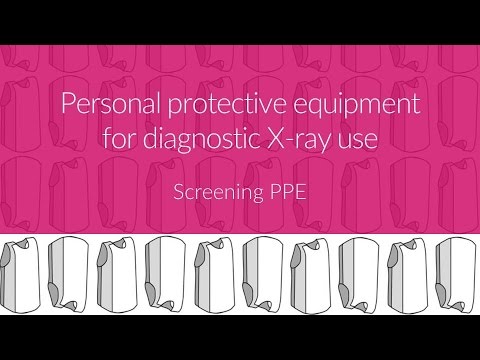
FLUG 2017 – Skin doses in cardiology – a phantom study; Martin Williams
Since the publication of IPEM Report 77 in 1997 the guidance for assessing typical skin dose rates likely to be received by patients undergoing fluoroscopic procedures has been to measure the dose rate at the surface of a phantom 20 cm in thickness. Increasingly in interventional cardiology, practitioners are making use of imaging projections that result in patient thickness being significantly greater than that currently considered typical for the purposes of performance testing.
Consequently, the behaviour of modern fluoroscopic imaging systems at these steeper projections and the resulting typical patient skin dose rates is not likely to be well understood by users or the medical physics community supporting optimisation of such equipment.
The Radiation Protection department at Mount Vernon Cancer Centre supports 10 cardiac catheterization labs across five NHS Trusts. A project was performed to assess the behaviour of these 10 systems and resulting typical skin dose rates using a set-up designed to mimic the steeper projections being performed...







